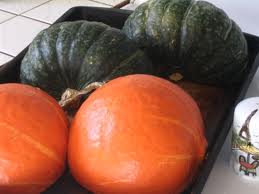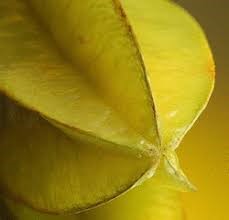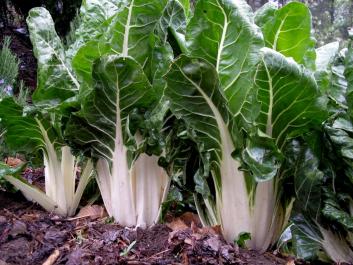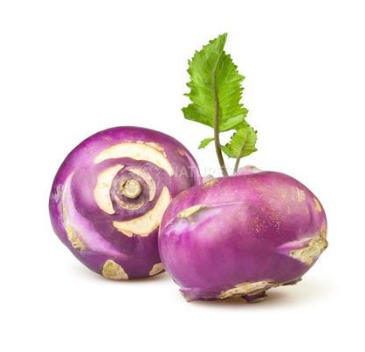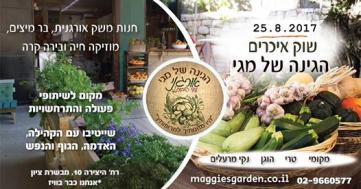The grape vine definitely feels at home here – one of the seven species with which the land has been blessed.
Its shoots and tendrils are just fine even in the not-so-simple climate that prevails here during the summer. With the onset of spring it begins to awaken, soft leaves sprouting from the stems and knotted branches that have stood bare and exposed all winter.
Every time I pass by a vineyard, I observe the vines, to see how the seasons are enveloped in them. In the winter they look lonely to me, leaning on the struts like a boxer reaching his arms and elbows over the ropes that surround the ring, and resting.
In the spring the sight makes me most happy – young and tender leaves protrude from the branches that stood empty with no sign of life, and now showing – an awakening, there is growth.
When the vine begins to fill with clusters, it feels to me like the Israeli symbol of fertility – there are places in the world where the tribes make figurines of busty women to show their admiration for the abundance that nature gives and be grateful for whatever it is that they were blessed with (or ask for more during less fortunate years).
I feel that admiration by simply holding a bunch of grapes in my hand, a plump bunch, in which all the grapes are neatly snuggled together, full of must and glistening in the sun, their sweet aroma hanging in the air, attracting bees and wasps drunk from the nectar.
In the fall, when all the foliage turns into a rug of rusty shades rustling beneath my feet I am reminded of the childlike pleasure involved in running on such a rug, and in the power of longing for next year’s green buds, and the longing rising from the vineyard for the rain.
Like many good agricultural crops, we can say that the vine too has domesticated us. Somewhere in Asia many years ago, someone discovered the yeast that develops on grapes, and is good for making a drink that makes your head light as a feather (and unbearablyheavy the following morning, but not enough to influence the end of the story, apparently).
And from there the story unfolded – humans began to cultivate grapes for eating as well as for making wine, grappa – and also honey, must (grape juice), raisins, vinegar, jelly, grape seed oil (which is incidentally considered one of the best oils for frying because of the high temperature at which it is oxidized) and also churchella, which is a Georgian candy made from nuts that are threaded on a string and dipped many times in must it turns into a sweet sausage that tasteslike a cross between toffee and marshmallow but made from grapes.
I can imagine the whole village gathering (or at least the women) to prepare these sweets and suddenly I want to travel through Georgia.
Despite the common belief, the main difference between red wine and white wine is not the grapes from which it is made, but is in theproduction process – red wine is made from grapes that are squeezed with their peel (grape-skin) and left to ferment together in order to extract the tannins from the skins.
During the white wine production process the grape skins are separated. So, you can actually make white wine from red grapes and vice versa, and having tasted a few of these I find the idea amusing.
The grape is the only crop whose skin was appointed a name in Hebrew – zag, and it is first mentioned in the book of numbers, chapter 6, verse 4, which details the prohibitions concerning grapes and wine that apply to Hebrew monks: “All the days of his separation he shall eat nothing that is produced by the grapevine, not even the seeds or the skins”.
Growing grapes, whether edible or for wine (there are some species that are suitable for both) creates a wonderful connection between today’s agriculture in Israel and the one that existed here since ancient times.
In biblical times people sat under their vines (which is an excellent sukkah for hot days) and stepped on grapes in the winepress whose remains are found all over the country.The grapes we have in the store are small, crunchy like candies and completely organic – an important detail given the fact that grapes (along with other summer fruits) are among the most sprayed crops in inorganic agriculture.
To health!
Yours,
Maggie's Garden Team
Forecast:
In the ORGANIC vegetable baskets we expect (draft only):
Cucumber
Tomato
Lettuce
Potato
Onion
Eggplant
Radish
Pumpkin
Parsley
Bok Choi
The Large organic vegetable baskets also include:
Spinach
Sweet Potatoe
Coriander
Butternut squash
In the ORGANIC fruit baskets (NEW – Increased variety, price – 70 Shekels)
Grapes
Dates
Pears
Melon
The large ORGANIC fruit baskets also include: ( NEW – Increased variety, price -100 Shekels)
Half watermelon
Nectarine
The ORGANIC Green Basket:
Leek
A kind of lettuce
Celery
Dill
Green onion
Sprouts
Green Beans





